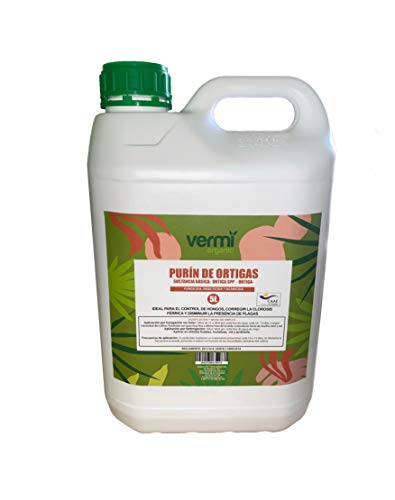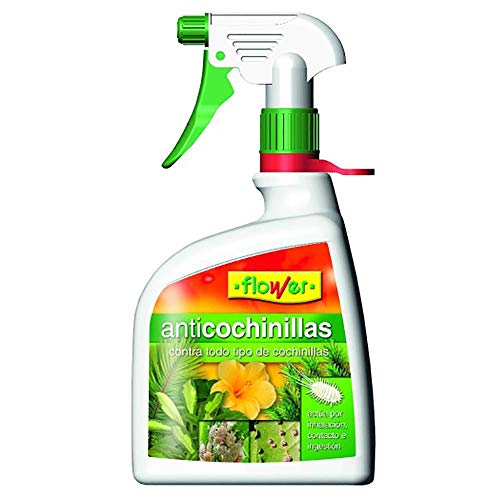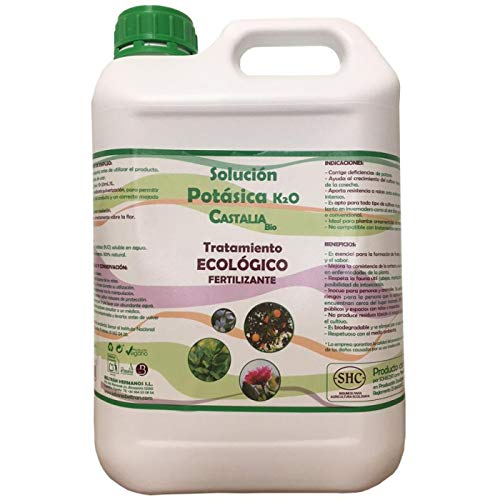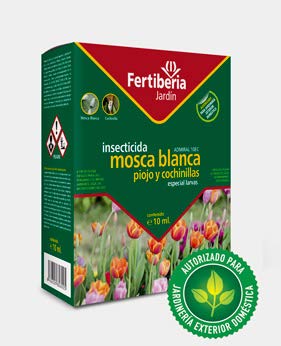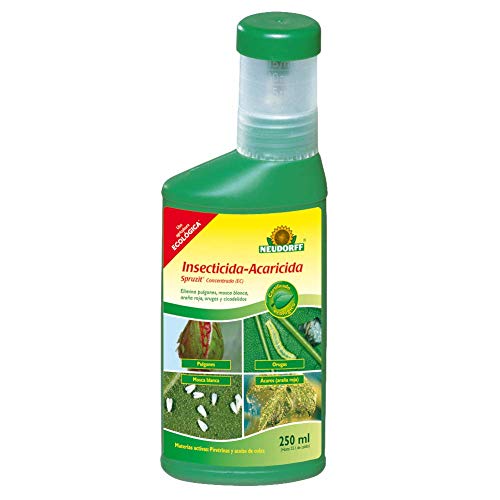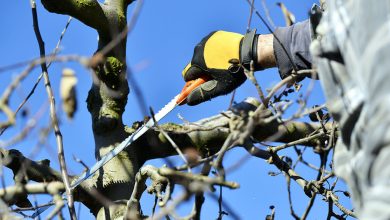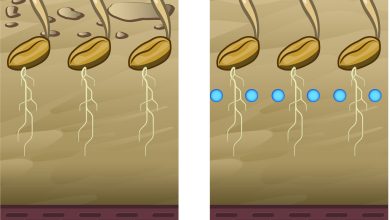Bonsai Pests and Diseases: How to Identify and Treat Them
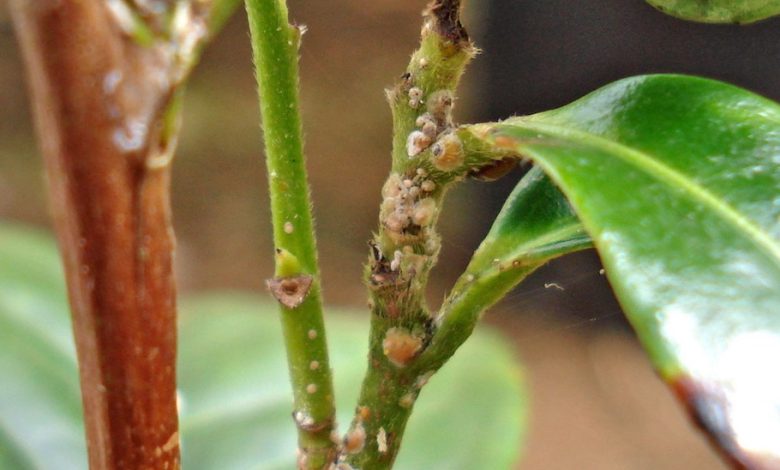
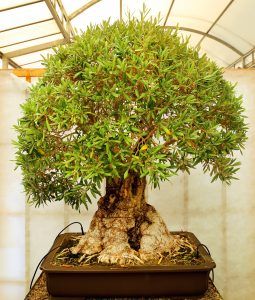 One of the biggest concerns of bonsai keepers has to do with the fact that they are attacked by a pest or disease.
One of the biggest concerns of bonsai keepers has to do with the fact that they are attacked by a pest or disease.
Being small plant structures, the damage they can suffer is much more complex than that generated in their natural habitats.
For this reason, you cannot lose sight of your bonsai to ensure that everything is going properly with its health.
Giving it the care it requires, of course, but above all warning that no foreign agent penetrates it, how? Let’s see it
Mites
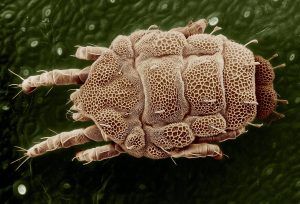 They are microscopic pests that find the ideal place to live in the oldest leaves of the bonsai.
They are microscopic pests that find the ideal place to live in the oldest leaves of the bonsai.
They are usually located on the back of the leaves, which makes it difficult for us to see them in a simple way.
Thanks to the fact that their sap is consumed, the leaves begin to fall causing defoliation.
They can appear during almost the whole year, except in winter because they prefer warm temperatures. As bonsai are small trees, it is possible to apply a treatment based on nettle slurry or work with sulfur powder.
cottony mealybug
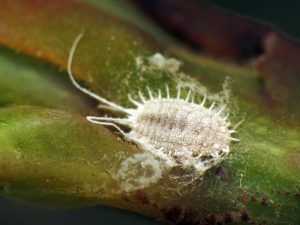
One of the most common pests in all types of crops and that causes the greatest concern because it is not only its damage but also the fact that it can help diseases to enter.
It is an insect that has a strong sucking device that it uses to penetrate the surface of the parts of the plant and consume its sap.
In addition to that, it leaves a kind of wax or white layer, with a spongy structure (like cotton) on the branches and leaves.
This layer makes the plant look ugly, but the worst thing is that it weakens it and fungi such as bold can lodge right through it. The early detection of the larvae is what can help to deal with it more quickly, since the adults are more complicated.
A good technique is to clean the leaves with methyl alcohol or with appropriate insecticides for this task.
root rot
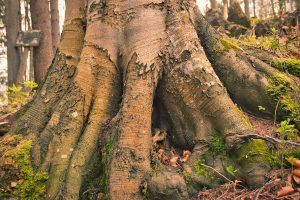 It is the most common disease caused by fungi in bonsai and its main cause is poor practice regarding the selection of the substrate or the irrigation schedule.
It is the most common disease caused by fungi in bonsai and its main cause is poor practice regarding the selection of the substrate or the irrigation schedule.
What happens is that the roots are drowned by the amount of water they have in their environment, so their opportunity to breathe is impaired.
It usually manifests symptoms quickly, with leaves turning yellow and the trunk beginning to rot.Some people confuse this problem with a lack of irrigation and add more water, which tends to complicate the situation much more.
If the effects are not very advanced, you can apply the transplant or let the substrate dry. It is also possible to work with special fungicides for this problem. If the disease is very advanced, it may not have a solution.
aphids
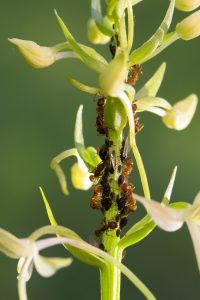 Natural enemies of almost all plant species, as they feed on plant sap. This insect is brown in color and is located on the underside of the leaves, where it will be easy to detect them.
Natural enemies of almost all plant species, as they feed on plant sap. This insect is brown in color and is located on the underside of the leaves, where it will be easy to detect them.
They are more harmful with the most tender shoots and have a preference for the species that generate fruits.
For this reason, the bonsai has difficulties to grow and develop, it can even begin to show deformations.
Almost similar to mealybugs, aphids become a complex pest for the health of bonsai because they cover them with a honey-like substance. This substance is attractive to other animals, such as ants, so the problem begins to complicate even more.
Aphids usually appear between late spring and early summer, as they prefer high temperatures.You can remove them by cleaning the bonsai leaves with a mixture of potassium soap and water.
Some insecticides are also useful, you just have to be careful to use them in the correct proportions so as not to cause other damage.
White fly
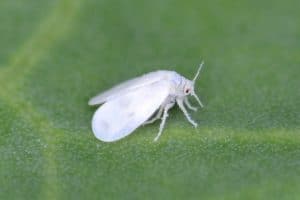 Although it is known as a fly, this insect actually appears to be a small white butterfly.
Although it is known as a fly, this insect actually appears to be a small white butterfly.
It feeds on the sap and secretes a molasses that it leaves throughout the structure where it passes.
It likes warm temperatures, so it often appears during the summer when the humidity is also high.
Both the larvae and the adult remain protected by locating themselves on the underside of the leaves, but once you know this, you will be able to locate them easily. Attending to your attack includes practicing two fundamental steps.
The first is to use a suitable insecticide to work it. The second, prune the leaves where there are larvae and burn them.
Red spider
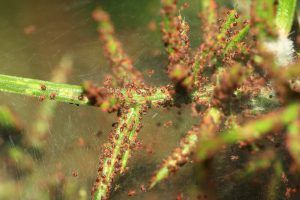
When the heat is blazing and the humidity is at its lowest, the spider mite will almost certainly make an appearance.
This condition does not differentiate between bonsai that are indoors or outdoors, since in both cases it is capable of damaging.
When the bonsai is indoors it is a little easier to control humidity levels, so you should pay close attention to this aspect.
The red spider goes through the structure of the bonsai leaving its special web everywhere, producing a general weakening of the entire plant. The most complicated thing is that this web is very faint, so it is usually only visible when it is placed against the light.
If you have noticed unfavorable changes in the health of your bonsai and you detect that it is due to these mites, the first step will be to raise the humidity level.For this it is ideal to spray the leaves with fresh water daily (without exaggeration). This simple action could be all the solution. If not, you will have to use an appropriate insecticide for this species.
Bonsai that are healthy are very unlikely to suffer from problems associated with pests and diseases. That is why it is essential to take the appropriate precautions regarding the selection of the substrate, the subscriber and the most appropriate location.
But, in the face of any eventuality, follow the corresponding recommendations and, above all, never overdo the application of treatments, no matter how desperate you are.
Bibliographic references
- The Art of Bonsai, C Oddone – 1992 – sidalc.net
- Bonsai Handbook: A Beginner’s and Hobbyist’s Guide, A Swinton, D Robinson, R Hayward – 1985 – sidalc.net
- Bonsai: Miniature Trees, P Lesniewicz – 1982 – books.google.com
- Art and Technique in Bonsai, C Pessey – 1996 – books.google.com
Maybe you are also interested in:
- How often and how to water my Bonsai?
- Outdoor Bonsai: [Characteristics, Care, Types and Sun Exposure]
- Indoor Bonsai: [Characteristics, Varieties, Care and Irrigation]
- Caring for a Bonsai: [Irrigation, Sun Exposure, Pruning and Fertilizer]
- Carmona Bonsai Care: [Earth, Humidity and Pruning]
- Types of Bonsai: [According to Size and Shape]

